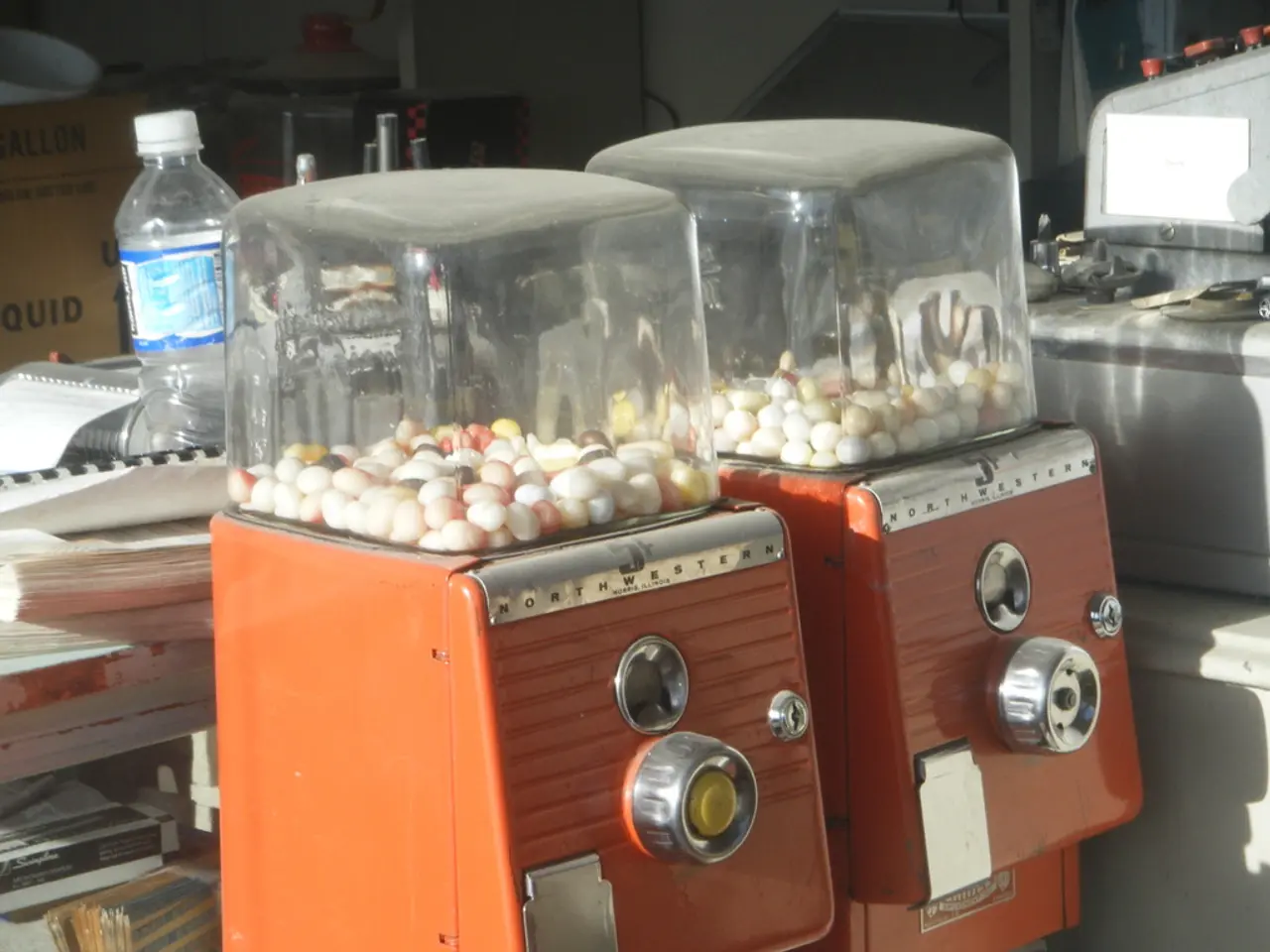Sperms Utilize Spiral Force in a Bid for Enhanced Swimming Speed
In a groundbreaking discovery, researchers from Monash University and the University of Melbourne have uncovered the intricate mechanism behind sperm propulsion during fertilization. The study, published in the journal Cell Reports Physical Science, details the 3D fluid motion around swimming sperm, revealing the significance of swirling fluid vortices that enhance their movement.
The swirling vortices around sperm cells are shaped like rolling corkscrews, with the spiral-like 'imprints' in the surrounding fluid attaching to the sperm body and rotating in sync, adding extra thrust to the sperm's movement. This vortex effect, according to the researchers, helps sperm cells overcome the viscous resistance they face at microscopic scales, allowing them to swim more efficiently through the fluid environment in the female reproductive tract.
Reza Nosrati, a lecturer in the Department of Mechanical and Aerospace Engineering at Monash University, explains that this discovery provides valuable insights into sperm motility and could have broader implications for fertility research and microfluidic design inspired by biological swimmers. Nosrati and his colleagues are the first to simultaneously image both the sperm tail movement and its 3D flow field, offering a comprehensive understanding of the complex interaction between the sperm's movement and the surrounding fluid flow.
The study's findings support the idea that the right moves are crucial, even at the microscopic level, such as in the case of sperm. Nosrati emphasizes the importance of understanding the fluid dynamics and navigation of microorganisms like sperm and bacteria, as it could potentially have applications beyond reproductive science.
The exceptional propulsion method of sperm, likened by Nosrati to two swirling columns twisting around each other, could also be relevant to understanding how other microorganisms, such as bacteria, move and interact with their environments. Capturing the movement of "tiny swimmers" like sperm could be crucial to advancing our understanding of microorganism behaviour and interaction within their environments.
The research suggests that the sperm's propulsion method may influence how it interacts with its surroundings. By understanding the choreography of sperm, researchers may gain a deeper understanding of the movement of other microorganisms. This discovery sheds light on how corkscrew flow patterns influence sperm locomotion and could have direct relevance for reproductive science.
The study's findings could have important implications for fertility research, offering potential applications beyond the realm of reproductive science. The swirling vortices generated by a sperm's flagellum (tail) may optimize its propulsion in the female reproductive tract, a finding that could significantly contribute to our understanding of fertilization and potentially aid in fertility treatments.
This study, published on a Tuesday, represents a significant step forward in our understanding of the complex world of microorganisms and their interactions with their environment. The visualisations aiding in understanding the fluid dynamics and navigation of sperm and other microorganisms through different fluids could pave the way for future research and advancements in various fields.
- The swirling vortices generated by a sperm's flagellum (tail) might hold the key to unlocking the secrets of microorganism behavior, particularly relevant for health-and-wellness and fitness-and-exercise.
- The understanding of sperm's propulsion mechanism could extend beyond reproductive science, with potential applications in space-and-astronomy, as researchers seek to explore the movement of microorganisms in extreme conditions.
- Gizmodo might find the study's findings intriguing, considering the implications their research has for technology, especially in designing microfluidic systems that mimic biological swimmers.
- As we delve deeper into the future of science, the complex interaction between microorganism movements and fluid dynamics could provide exciting breakthroughs in various fields, including health-and-wellness, fitness-and-exercise, and space-and-astronomy.




